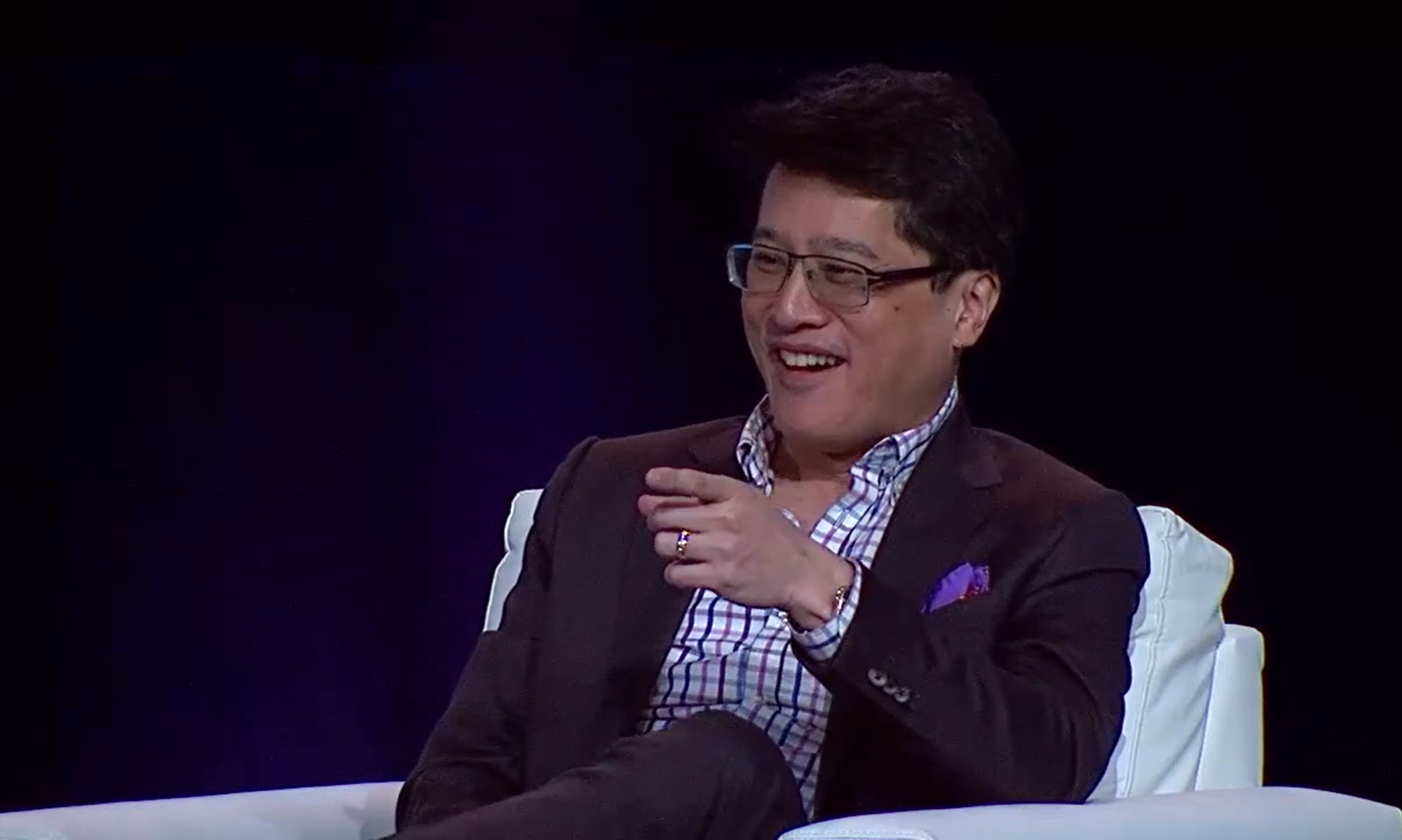Recently I found myself in the doctor’s office seeking advice on a health issue I had been having with finger & joint pain. The way these conversations played out (with me in a reverse role as a client) triggered some thoughts about client-consultant communications that I thought I’d share here.
Now as context, many services relationships with medical professionals can be viewed as similar to consultant-client relationships. For example, David Maister (professional services guru, now retired) has characterized analogous medical professional types (to consultant types) as pharmacists, nurses, brain surgeons, and psychotherapists. Key distinctions between these services delivery types are on the customer contact and customization dimensions. So by way of example, nurses and psychotherapists deliver their value to customers with heavy client contact (whereas others provide work behind the scenes). On the customization dimension, psychotherapists and brain surgeons tend to be more involved in diagnosis and customized problem solving versus the other practitioners types which use more standardized procedures to serve their customers.
So using the nomenclature above, the doctor I had seen could be categorized in the psychotherapist category (high-level of customer interaction with custom problem-solving orientation, very similar to what I do when on the other side). When we talked about the issues with my hand pain, the doctor used the “we” term extensively. “We can solve this.” “Try this drug, and let’s work over the next two weeks to see what we can learn about its effectiveness.” “What do we know?” As a client, the approach put me into a collaborative frame for solving my problem. I found myself offering corners of my personal medical history, work habits, histories of my parents, etc. to try to get better (even if imperfect) information on the table.
The concept of using the term “we” in consulting engagements can also be very helpful for setting the tone for a collaborative consulting engagement. As an example, in some recent client meetings related to exploring business model and branding strategies, I used phrases like “we will use that information to figure out the best way to position against our competitor” or “what is our competitive advantage over competitor XYZ”. The framing of these types of statements put me in a position as if I was directly part of the client’s organization. I was fighting for my client as if I were the client. In turn, I felt that my posturing helped to energize the client, and we ultimately got more creative perspectives on the table. For me, a collaborative-type of positioning (while not appropriate for all engagements) goes beyond traditional empathy methods often advocated for consultants.
If you are a client, how do you like your consultants to communicate with you? If you are a consultant, what communication distances do you try to establish with clients?

Using “we” is definitely better, it causes more comfort with the patient/client and establishes a friendship, and that you are in this together.
I find “we” kind of happens naturally. I genuinely do feel like I’m on the clients team. The language follows from that.
Nearer the end of an engagement, when the client needs to take more ownership and begin to drive things forward themselves I find myself saying “you” a bit more. I don’t know whether it’s me being clever and deliberately doing it to force their ownership – or whether it’s because I’m beginning to feel like I’m moving on.
Either way – this change in language is appropriate I think
ian
Very interesting observation about the shift to using “you” as the engagement moves toward the end. Makes me wonder if there are any differences between the masses and those consultants who have a cultural focus in ensuring from the get-go that the client does not develop a dependency on the consultant. Also makes me wonder in cases where a consultant is brought in specifically for their 3rd-party, independent view, whether there is a tendency to create some distance between the client and consultant by using the term “you”.